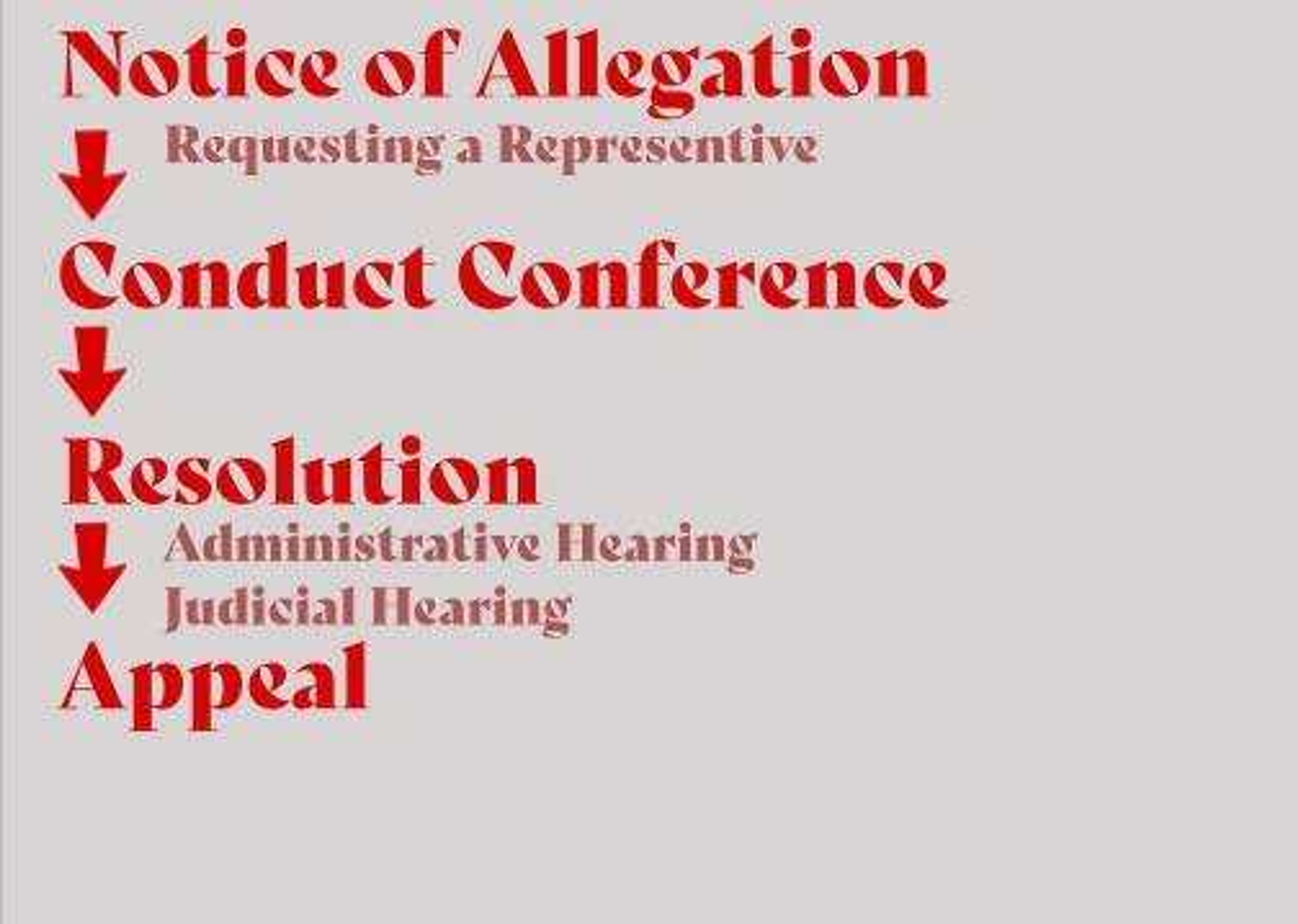Greek Activity: Status vs Sanction
Social media can be a breeding ground for rumors. With platforms such as YikYak, anonymous allegations can be made pertaining to Student Code of Conduct violations. While student violations are protected under FERPA, student organizations are not. Students can verify the truth of organizational allegations by checking university-approved sites.
Social media can be a breeding ground for rumors. With platforms such as YikYak, anonymous allegations can be made pertaining to Student Code of Conduct violations. While student violations are protected under FERPA, student organizations are not. Students can verify the truth of organizational allegations by checking university-approved sites.
If you have read the Code of Conduct, you’ll know there is a section dedicated to student organizations. In fact, the university has a public list of organizations that have been found in violation of the Code of Conduct. The public list of conduct allegations from the 2012-2013 school year to present can be found here.
Code of Conduct violations differ, however, from chapters that choose to declare an “inactive” status with Southeast. Associate Vice President of Student Life Bruce Skinner said for many organizations, membership is a factor in active or inactive status.
“In many cases, it’s a numbers game,” Skinner said.
Every semester, organizations lose members to events such as graduation. These losses impact the organization by leaving less members to uphold traditions and facilitate events. The SEMO Greek Life’s website shows chapters that are affiliated with Southeast, including chapters that are inactive, like Kappa Beta Gamma.
Southeast’s Dean of Students Trae Mitten also serves as a Title IX and Civil Rights Investigator and in the Division of Equity Access and Behavioral Health. As a dean and investigator, Mitten is well-acquainted with Code of Conduct violation processes.
Mitten said Code of Conduct violations are handled in similar ways for individuals and organizations. First, the organization is served a notice of allegation, which tells the group what they are accused of doing. This notice usually requests a representative or representatives attend a conduct conference with Associate Dean of Students Randy Carter. Representatives can include the president of the organization, an advisor and/or executive members of the group.
The conference allows the organization’s representatives to present their position on the allegation. In addition, the accused party or parties can hear what information is available about the allegation and how that information was gathered. The allegation can be resolved in the administrative conference by way of the organization pleading to be in or not in violation of breaking the Code of Conduct. If Carter or the hearing officer find the organization to be in violation, a sanction and fine is administered.
An administrative conference is not the only method to resolve an allegation, however.
“A student organization, just like a regular student, also retains the right and has the ability to request the hearing with the All-university Judicial Board,” Mitten said.
In a judicial hearing, both the university or referral agent and the accused party are able to provide evidence and witnesses to be heard. In this instance, the all-university judicial board is the party responsible for determining if a Code of Conduct violation has occurred. Both parties, whether it be the university or the accused organization, have the right to appeal the decision in either an administrative or judicial hearing.
Mitten said it isn’t likely the university appeals their decision, but the accused group has the option to appeal some of the prescribed sanctions. Appeals are heard by the dean of students, who makes the final decision. The appeal serves to determine if a procedural error has been made, such as a deviation from protocol that would have an impact on the decision of the hearing, substantial new evidence or an excessive sanction.
Mitten said the process can take longer depending on the alleged allegation, ranging from resolutions in a week or usually within 90 days. The public list of conduct allegations can be found here, and a link to the Student Code of Conduct can be found here. Pages 11 and 12 of the Code of Conduct describe in more detail the process of violation for student organizations.






